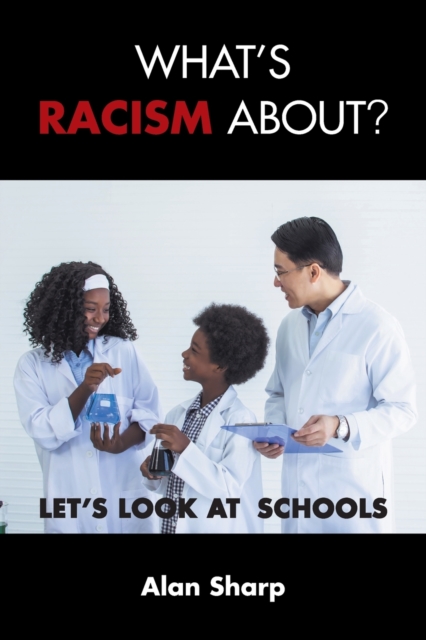
What's racism about? : Let's look at schools Paperback / softback
by Alan Sharp
Paperback / softback
Description
What is racism? What's the best way to stop it and what can people do to stop it at school level? 'I wrote the book because of demand from people of colour (Africans, Asians, Latin Americans and Pacific Islanders).
They were concerned about the way their school experiences in Britain had affected their life chances. And they didn't want another generation to go through this.''Cup o' tea?' 'Yes, please.
I don't see colour.' 'But that implies you do see colour if you see it as important to make that statement.
But it denies people of colour's daily experiences of racism. And when we look at social institutions - education, for example.
When pupils take SATS at age 11, many teachers will mark black Caribbeans, black Africans, Pakistanis and Bangladeshis down.
Black Caribbean and mixed white/ Caribbean pupils are two and a half times more likely to be permanently excluded from school than white British pupils.
So, some people do see colour, and social institutions contain structural racism that works for white people and against people of colour.
It's this structural racism that people need to get rid of first.
I encourage everyone to start on a journey in their thinking and actions to take on an antiracist identity.
This is a step towards working with people of all backgrounds to get rid of structural racism, so people of colour can achieve equality and liberation.''So what's happening in schools?' 'First, black Caribbean and mixed white/ Caribbean pupils are substantially underachieving versus white British pupils at GCSE level, with little prospect of this changing.
I suggest it's not the pupils that need to change but the teachers.
The first part of this is to give teachers training on dealing with racism and understanding pupils' cultures through teaching their history.
I share some resources. The second part is to incorporate pupils' cultures into the teaching.
I give an example of how pupils are helping teachers to understand their cultures.
Through teachers becoming immersed in pupils' culture and pupils showing how they teach lessons in Science, Technology, Engineering and Mathematics (STEM) in several countries.
Further, school can become the beginning of a school-to-prison pipeline.
In the context of persistent disruptive behaviour being the most common cause for exclusion, I outline how teachers can come to understand pupils of colour's different cultural capital from that of white, middle-class pupils. Finally, I look at two aspects of the curriculum. Re-enacting racism's history can cause trauma to people of colour.
I suggest developing pupils' critical skills to engage with difficult histories.
Further, very few pupils are learning about British black history.I suggest ways and resources to correct this.'
Information
-
Out of stock
- Format:Paperback / softback
- Pages:168 pages, 1 black and white; 1 black and white
- Publisher:Grosvenor House Publishing Ltd
- Publication Date:13/01/2022
- Category:
- ISBN:9781839758065
Other Formats
- EPUB from £3.19
Information
-
Out of stock
- Format:Paperback / softback
- Pages:168 pages, 1 black and white; 1 black and white
- Publisher:Grosvenor House Publishing Ltd
- Publication Date:13/01/2022
- Category:
- ISBN:9781839758065






